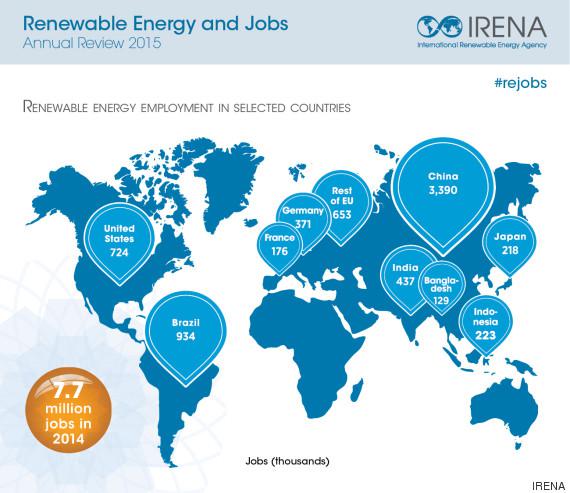“One more song about movin' along the highway; can't say much of anything that's new.”
- Carole King
I will always love singing Carole King's mournful ballads and unsettling vibes. In the half-century since she penned those moving lines, a lot has changed about the economics of travel and energy. Now we can travel highways and power our homes with significantly less damage to the earth under our feet.
Electric cars have moved into the forefront. Volvo announced last summer that their new car lineup will be all-electric by 2030. General Motors will stop selling new gas-powered cars and light trucks by 2035. These vehicles still aren't carbon-neutral; their relative impacts are estimated in an interactive online tool developed by MIT.
The tool sums the emissions involved in manufacturing cars, producing and burning gasoline and diesel fuel, and the source of electricity for charging electric vehicles.
Electric vehicle batteries have a higher impact in their manufacture, including cobalt and lithium mining. Nevertheless, an electric vehicle’s lifetime impact is still remarkably less than internal combustion vehicles and it's improving steadily. Much of plug-in cars' future energy improvement will rest with governments cleaning up their electric grids. In the last 15 years or so, hundreds of American coal plants have been replaced with a mix of natural gas, wind, and solar power.
"If we can make our grids zero-carbon, then vehicle emissions drop way, way down," said Jessika Trancik, associate professor of energy studies at MIT. "Whereas even the best hybrids that burn gasoline will always have a baseline of emissions they can't go below."
Our homes are also becoming more climate resilient. A Pew Research Center survey found 6 percent of U.S. homeowners say they have already installed solar panels at home. This is a small percentage, to be sure, but even this has saved the equivalent of over 130 million acres of forest.

The cost of solar power has dropped dramatically in the last decade. An average residential solar system used to run $50,000 or more. Now a typical home installation ranges $16,000-$22,000. Offsetting rebates and grants can sometimes lower it further.
In many cities, clean energy is replacing fossil fuel as the default provider. Local governments will buy and build carbon-free energy, which will be delivered and maintained through existing electric company poles and wires.
In the Santa Barbara area, for example, existing electricity customers will be enrolled automatically in the clean energy program, although they can opt out without penalty. Those who remain will have three options:
•100 percent carbon-free energy, which costs about $5 more per month
•Green Start. More carbon-free energy than the previous standard at no additional cost.
•Resilient: 100 percent carbon-free with local energy generation using your solar panels on your home or office at no additional cost
Renters can't typically take advantage of solar power, and electric cars aren't practical for some. Even if you can't be energy self-sufficient and your city remains in the dinosaur age, you have options for getting serious about renewable energy—you can invest in it.
The clean secret in our family is that much of our profit in individual stocks came from companies I chose decades ago on an environmentally friendly investing website. I chose some of those companies as a starting-off point for my own research, eventually investing in about a half dozen of them.
Digging into these or others will give you an idea of what criteria are important to you and which you believe to be promising both for the world and for your investing future.
Carole King may croon that “It's Too Late, Baby,” to prevent the damaging effects of human-caused climate change. The heightened droughts, storms and fires of the last few years have shown that to be true. Nevertheless, as we each opt into better energy choices, improving our finances while reducing the damage to the planet, we bequeath to future generations.




